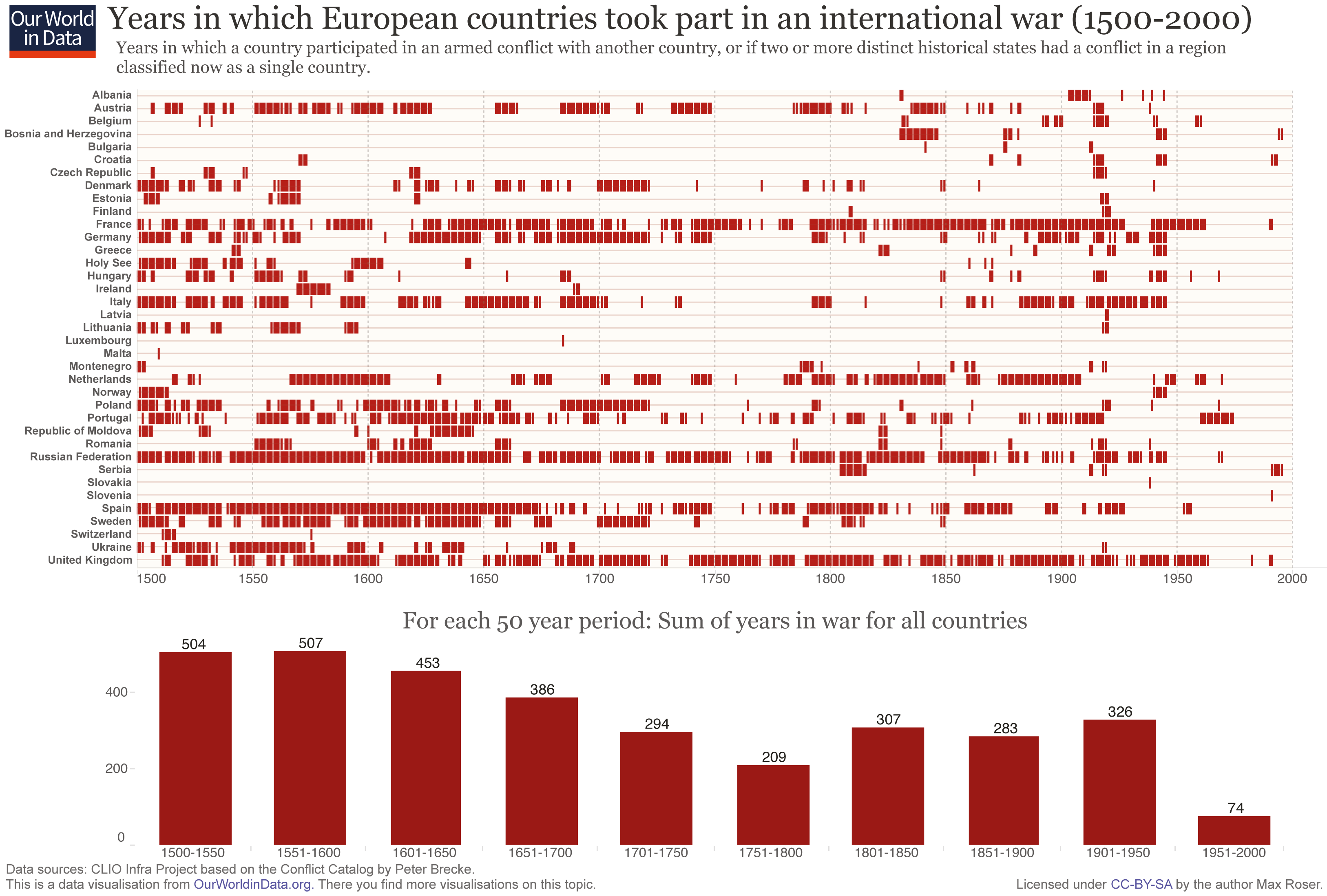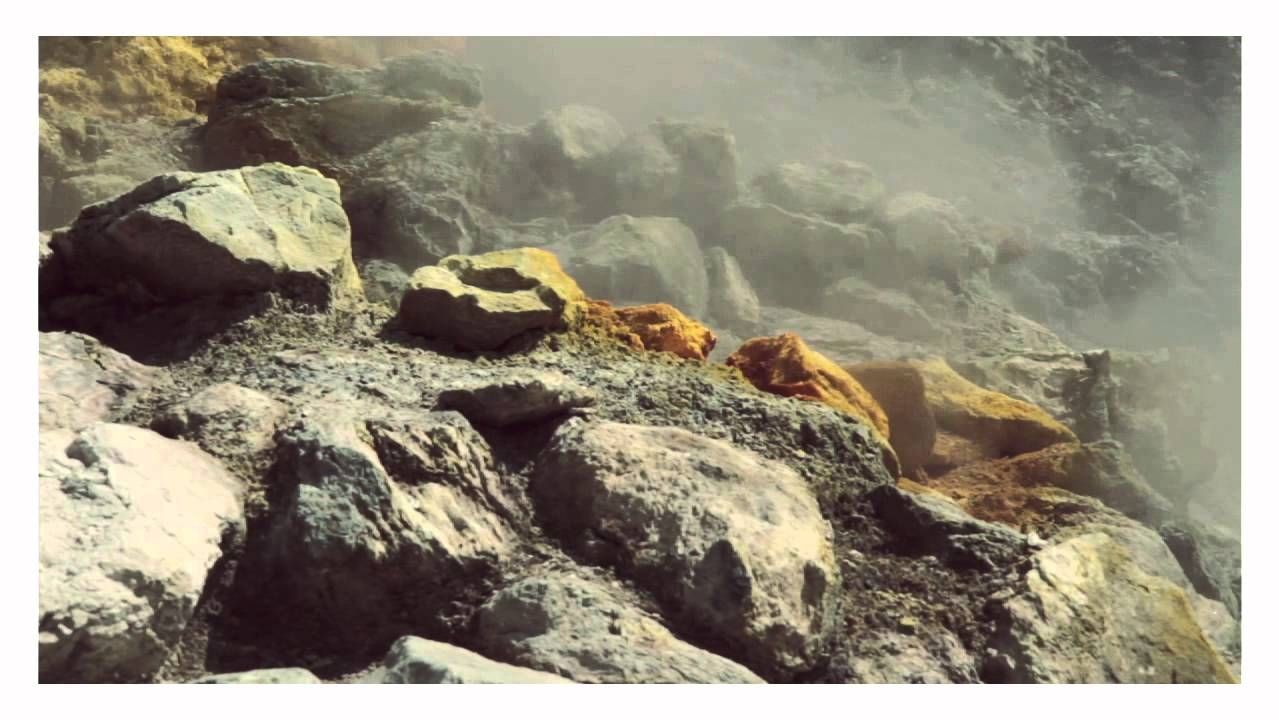Mar 5, 2017
‘Who’s in control?’ Scientists gather to discuss AI doomsday scenarios
Posted by Brett Gallie II in categories: existential risks, robotics/AI
Artificial intelligence has the capability to transform the world — but not necessarily for the better. A group of scientists gathered to discuss doomsday scenarios, addressing the possibility that AI could become a serious threat.
The event, ‘Great Debate: The Future of Artificial Intelligence — Who’s in Control?’, took place at Arizona State University (ASU) over the weekend.
“Like any new technology, artificial intelligence holds great promise to help humans shape their future, and it also holds great danger in that it could eventually lead to the rise of machines over humanity, according to some futurists. So which course will it be for AI and what can be done now to help shape its trajectory?” ASU wrote in a press release.
Continue reading “‘Who’s in control?’ Scientists gather to discuss AI doomsday scenarios” »















